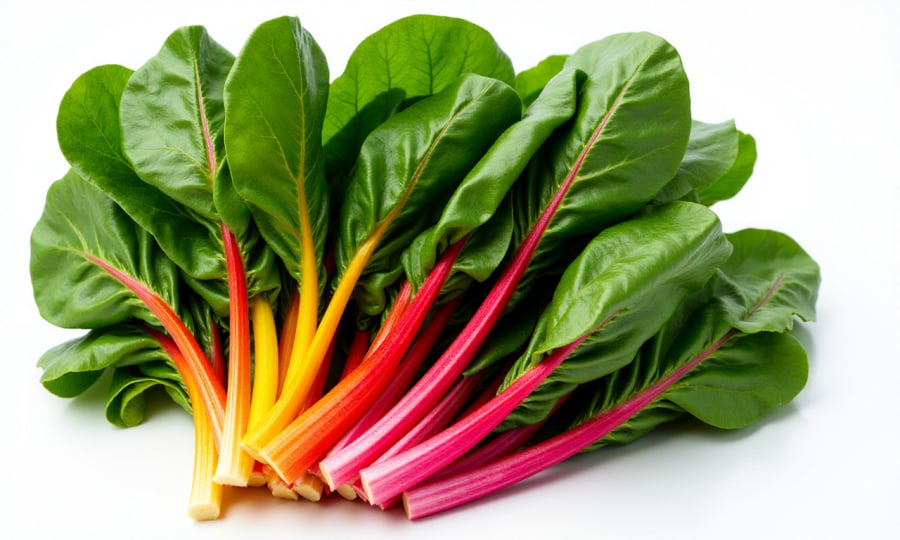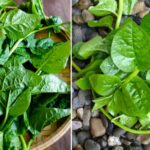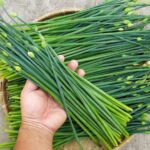Not only is Swiss chard a vegetable that contains more iron than beef, but it’s also highly regarded by scientists and medical professionals for its impressive health benefits, including cardiovascular support, cancer prevention, and blood sugar regulation. This vegetable is commonly grown in Vietnam, especially in the city of Da Lat.
1. Swiss Chard – The Vegetable with More Iron than Beef
Iron is an essential mineral that plays a vital role in oxygen transport, energy production, and maintaining a healthy immune system. When it comes to iron-rich foods, most people think of beef. However, according to Healthline, there is a vegetable that contains even more iron than beef—Swiss chard.
Prevention magazine once featured Swiss chard as an exceptional source of iron. Data from the United States Department of Agriculture (USDA) reveals the following:
- 100g of beef tenderloin contains approximately 2.22mg of iron.
- On the other hand, 100g of cooked Swiss chard boasts 2.26mg of iron.

Swiss chard is considered a vegetable with more iron than beef.
2. A Western Vegetable that has Won the Hearts of the Vietnamese
Swiss chard originates from Western countries and thrives in cool climates. When introduced to Vietnam, this vegetable quickly gained popularity among homemakers due to its vibrant colors and high nutritional value. Today, Swiss chard is commonly grown in Da Lat and other highland regions. Many families even cultivate it at home for daily consumption.
The Centers for Disease Control and Prevention (CDC) in the United States evaluated the nutritional content of 41 common vegetables and fruits. The results placed Swiss chard third with a score of 89.27, just after watercress (100 points) and Chinese cabbage (91.99 points).
Aside from being a vegetable with more iron than beef, Swiss chard offers a plethora of other essential nutrients. According to the USDA, just one cooked cup (approximately 175g) of Swiss chard provides:
- 3.3g of protein
- 7g of carbohydrates
- 3.7g of fiber
- 477% of the daily requirement of vitamin K
- 60% of vitamin A
- 35% of vitamin C
- 22% of vitamin E
- And various other minerals such as magnesium, potassium, manganese, copper, and calcium.

Swiss chard is also rich in essential nutrients like protein, fiber, vitamins, and minerals.
3. The Vegetable with More Iron than Beef and Its Additional Health Benefits
3.1. Lowering Blood Pressure and Cardiovascular Protection
Swiss chard is rich in calcium, magnesium, and potassium—minerals that help regulate blood pressure by facilitating sodium excretion and vasodilation. Additionally, this vegetable contains natural nitrates, which have been studied and shown to improve endothelial function and inhibit platelet aggregation, thereby contributing to lower blood pressure and cardiovascular protection.
3.2. Cancer Prevention
Swiss chard is a source of antioxidants such as beta-carotene, quercetin, kaempferol, rutin, and vitexin. These compounds are known for their ability to protect cells from the damaging effects of free radicals, which are implicated in the development of cancer.
Furthermore, Swiss chard contains chlorophyll, which can mitigate the impact of heterocyclic amines. These amines are formed when food is grilled at high temperatures and are suspected to be carcinogenic. Therefore, eating Swiss chard alongside grilled meat is believed to reduce this risk.
3.3. Blood Sugar Regulation
Swiss chard contains alpha-lipoic acid, an antioxidant that has been studied and shown to:
- Lower blood sugar levels
- Improve insulin sensitivity
- Reduce oxidative stress-related cell damage in diabetic individuals
3.4. Preventing Osteoporosis
- Increasing calcium absorption
- Regulating bone structural proteins
- Reducing calcium loss through urine
Swiss chard is not just a visually appealing vegetable; it is also a vegetable with more iron than beef and boasts an impressive nutritional profile. Including this vegetable in your daily diet is a smart choice for your health, as it provides a healthy source of iron and contributes to cardiovascular health, cancer prevention, blood sugar regulation, and bone health. This is especially convenient given that it is commonly grown in Vietnam.






































